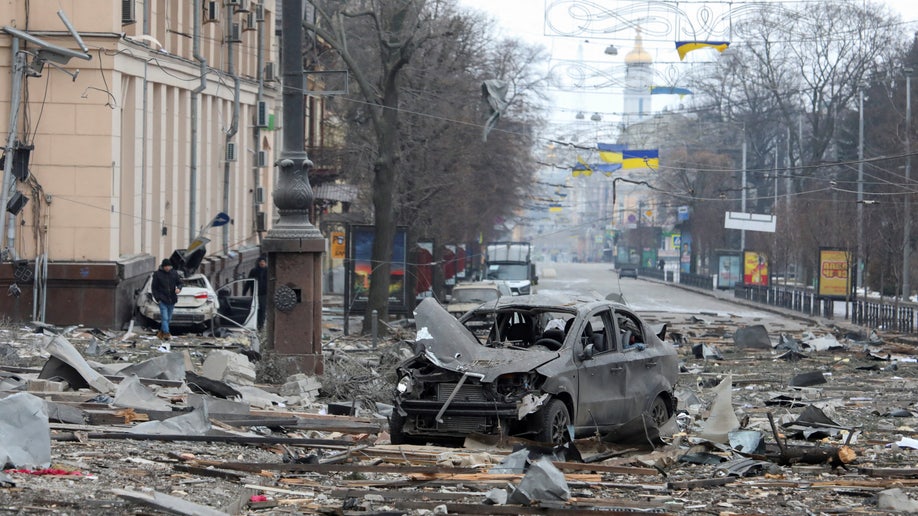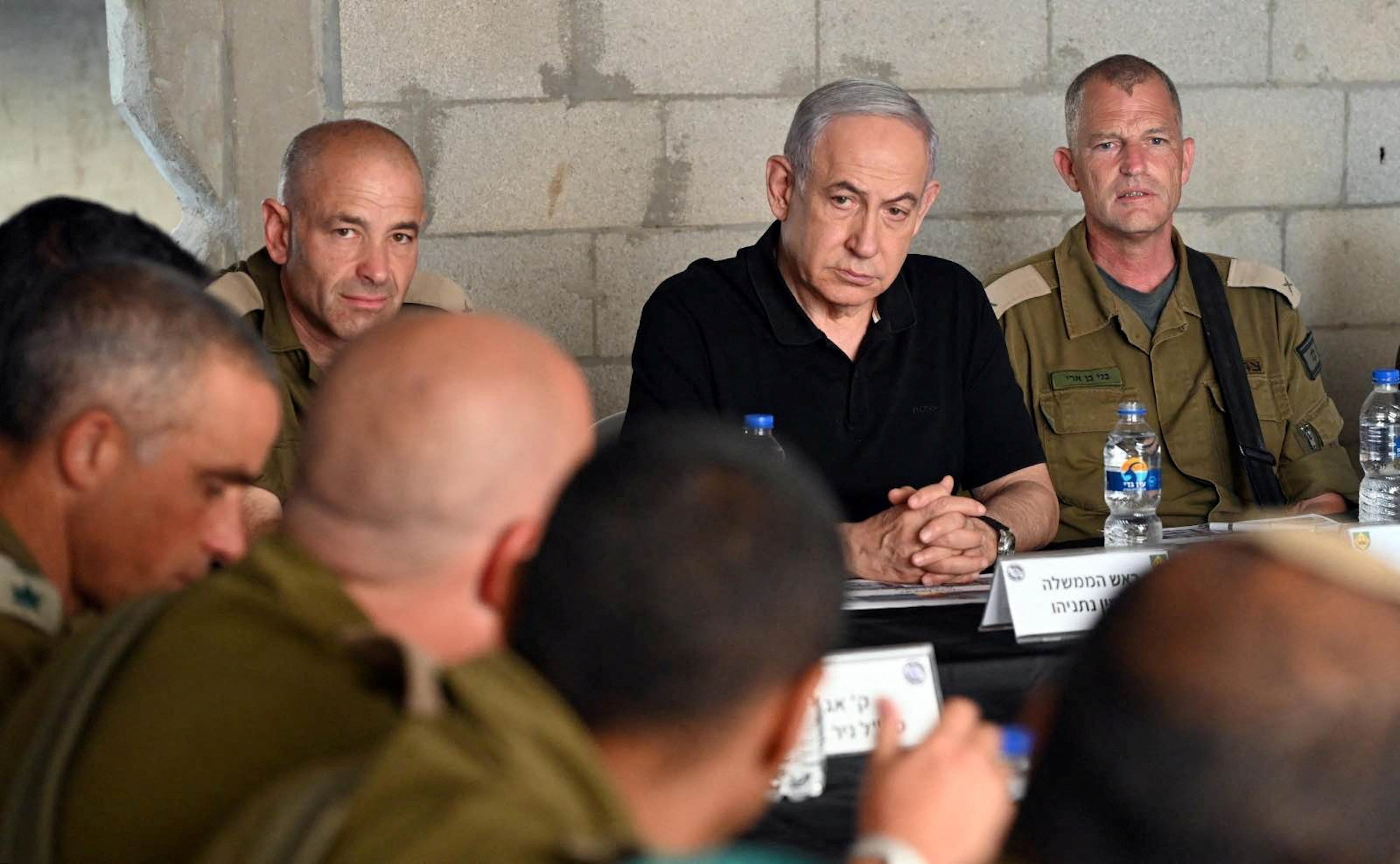Folks, let’s cut the fluff. Last night, Russia launched another despicable wave of attacks on Ukraine, this time focusing its fury on the city of Kharkiv. We’re talking dozens of kamikaze drones swarming the city, targeting civilian infrastructure with ruthless precision.
Reports confirm over 40 people are injured, a number that frankly, is likely to climb. Residential buildings, businesses, and critical infrastructure are damaged – the daily reality for Ukrainians living under the shadow of Putin’s aggression. This isn’t just a military operation; it’s a blatant assault on a civilian population.
Understanding Drone Warfare: A Quick Primer
Drones, specifically ‘loitering munitions’ or ‘kamikaze drones,’ have become a horrifyingly central weapon in modern conflict. They are essentially guided missiles, relatively inexpensive, and can be deployed in swarms, overwhelming defenses.
These drones lack a return trip, detonating upon impact. This tactic allows for surprisingly accurate strikes, even against moving targets, and presents a difficult challenge for conventional air defense systems. They’re harder to detect and intercept than traditional missiles.
The increasing reliance on drones underlines a grim trend: wars are becoming cheaper to wage, but devastatingly costly in terms of human life and societal disruption. The Ukrainian conflict is a terrible example of this new reality. It stresses the importance of not only military aid, but also robust air defense systems tailored to countering these types of threats.
Rescue efforts are underway, but the damage is extensive. This attack throws into sharp relief the urgent need for increased international support for Ukraine. We need to see decisive action, not just words of condemnation. This is a fight for freedom and stability, and the West must step up before it’s too late.







